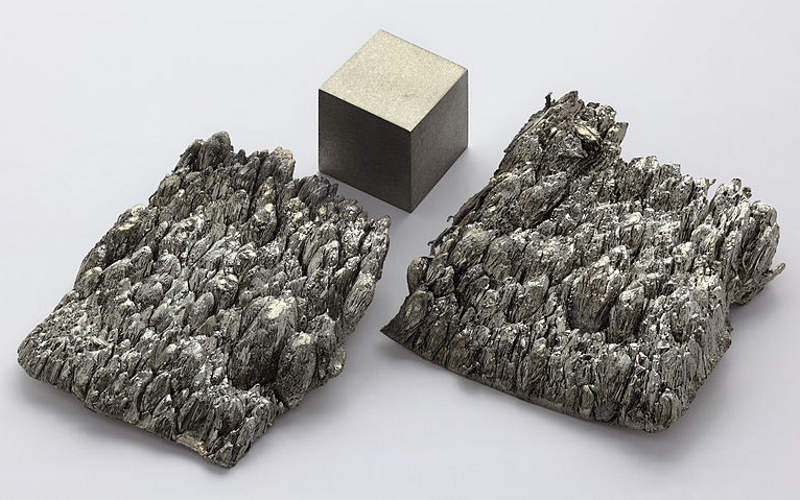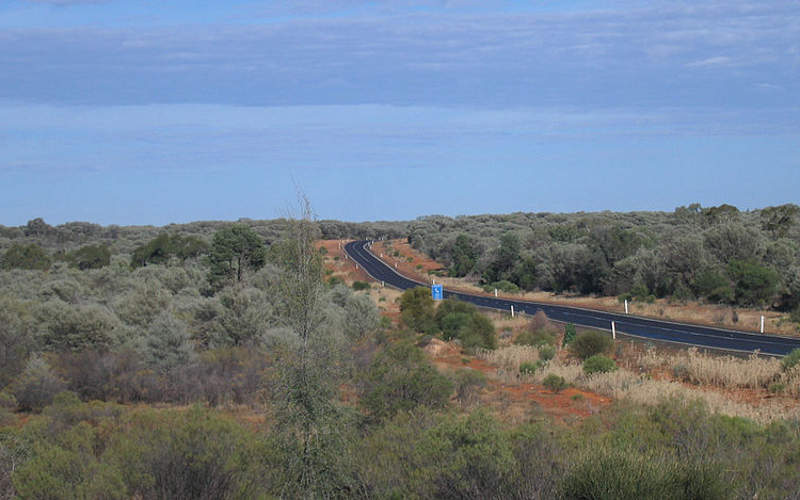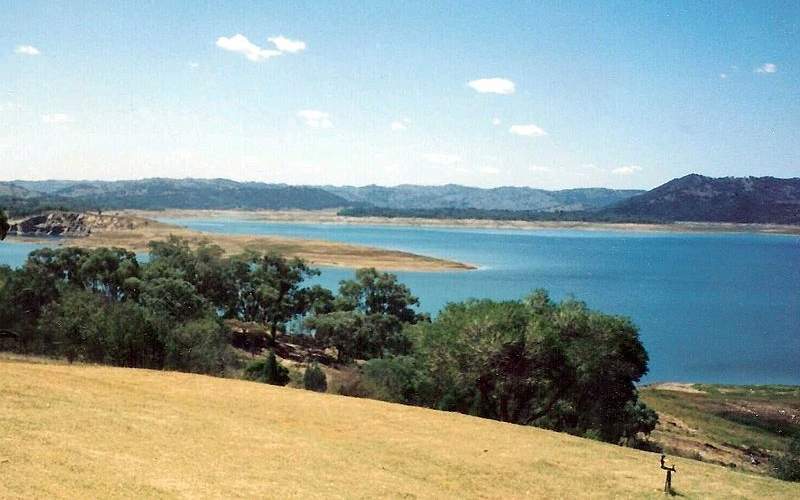The Nyngan Scandium Project is located approximately 25km west of the town of Nyngan and 500km north-west of Sydney, New South Wales (NSW), Australia. It incorporates part of the Exploration Licence (EL) 6009 and the entire EL 6096, covering a total area of approximately 9,000ha.
Touted to be the world’s first scandium-only mine development project, it is 80% owned and operated by Scandium International Mining through its subsidiary EMC Metals Australia, while the remaining 20% stake is owned by Scandium Investments.
The feasibility study (FS) for the project was completed in May 2016, the construction works are expected to start in early-2017, and first production is anticipated in early-2018.
The overall investment to bring the NSW mine into production is estimated at $87.1m and the production life is estimated to be approximately 20 years. The project targets an annual average production rate of 37,690kg of scandium oxide, grading between 98% and 99.9%.
Nyngan Scandium Project geology and mineralisation
The project host scandium (Sc) resource within the lateritic zone of the Gilgai Intrusion, one of the several Alaskan-type mafic and ultramafic bodies which intrude Cambrian-Ordovician metasediments.
The Gilgai complex, which is approximately 40m-thick, consists of layers starting with hematitic clay at the surface, followed by limonitic clay, saprolitic clay, weathered bedrock and fresh bedrock. The mineralisation is hosted within the first three layers and the current mine plan and design aims at processing the heavily weathered limonite resources.
Reserves at the Australian scandium mine
As of April 2016, the project was estimated to hold combined proven and probable reserves of 1.436Mt, grading 409 parts per million (ppm) Sc. The combined measured and indicated resources were estimated to be 16.920Mt, grading 235ppm Sc.
Mining and processing at the world’s first scandium-only project
The mining method envisaged for the project is the open-pit mining method integrating hydraulic excavation and dozer operations. The mining works are proposed to be performed by a contractor.
The processing flowsheet designed for the project integrates an initial de-agglomeration stage using a drum scrubber, a ball mill closed grinding circuit, a thickener, a high-pressure acid leaching (HPAL) system integrating a three-stage preheat, autoclave and a three-stage let down circuit, followed by a counter current decantation (CCD) circuit, a solvent extraction (SX) circuit, a precipitation and filtration circuit, and a calcination circuit. The product will finally be washed, filtrated, dried and drummed.
The proposed processing plant will have an average annual throughput capacity of 71,820t.
Infrastructure for Scandium International Mining’s project
The electricity required for the project will be sourced from a 33kV overhead power line located adjacent to the project site, whereas the required water will be sourced from the existing Cobar Water Board supply lines which run parallel to the Barrier Highway, located approximately 5km from the project site.
The project will involve the construction of an all-weather unsealed road from the Barrier Highway to the project site, and another similar road from the mine site to the processing plant.
Other major infrastructure for the project will include a residue storage facility (RSF), a 15Ml water storage pond, buildings integrating administrative offices, car park, a laboratory, a combined workshop and warehouse, a combined electrical switchroom and control room, and a covered reagent storage facility.
An on-site accommodation camp will not be required, as the skilled workforce is easily available in neighbouring areas.
Product offtake agreement
Scandium International signed a memorandum of understanding (MoU) with Alcereco in March 2015, based on which the latter will offtake 7,500kg of scandium oxide a year for three years, along with an extension option.
Key players involved
The feasibility study was compiled by Lycopodium, in collaboration with Mining One and other consultants involved with the former reports on the project.
The various components of the metallurgical test work for the project were conducted at facilities owned by SGS Lakefield, Hazen Research, CSIRO (Australia), and Nagrom.






